There are four different species of squirrels that occur in Illinois. All of these mammals have long, bushy tails, long hind feet, and can be found in wooded areas. Illinois squirrels are found throughout the state, in wooded forest areas and urban areas. Deforestation and urbanization has diminished some of the squirrel population but they remain common.

Fox squirrel: The fox squirrel is the largest species of tree squirrel native to North America. In Illinois, they are generally a brown gray or brown yellow color, with orange underside. They thrive in areas with trees that produce nuts. This species is spends more time on the ground than other types of squirrel. Fox squirrels are relatively solitary creatures and spend much time alone.

Eastern gray squirrel: This tree squirrel is native to the eastern range of North America. These squirrels have mostly gray fur but white undersides. Occasionally black and white individuals can be found in urban areas within certain populations. The gray squirrel is crepuscular, meaning they’re most active during early and late hours of the day while avoiding middle of the day heat.
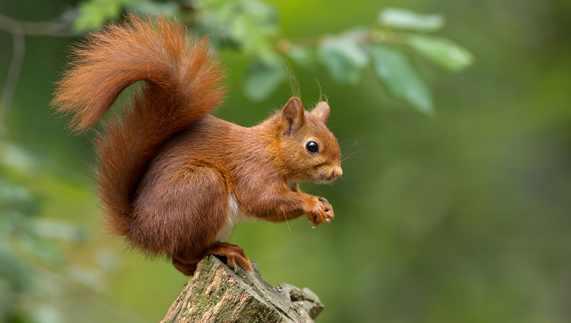
Red squirrel: Red squirrels area sometimes referred to as chickarees. They can be found only in north Eastern part of the Illinois, especially near the Kankakee and Iroquois Rivers. This species prefers to eat the seeds of conifer cones. They are known for their smaller size, red fur and white underside. This species has a very high morality rate, as only about 22% reach one year of age.
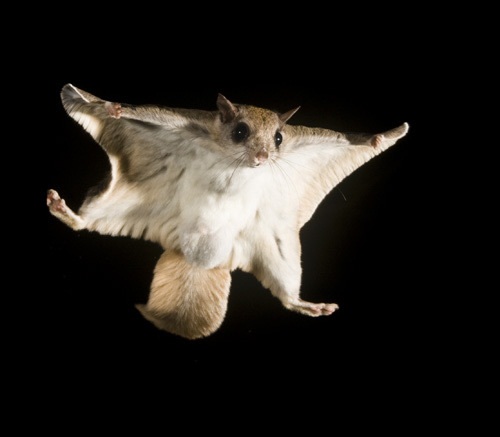
Southern flying squirrel: The southern flying squirrel is one of the only flying squirrel species found in North America. They are quite common in southern Illinois, but can be found statewide. They have brown gray fur and cream undersides. Their furry membrane that extends between front and rear legs allows them to glide through the air. These highly social squirrels have been known to forage for food and glide together in large groups.
If any of these Illinois squirrels are making a home in your attic or other buildings on your property, do not hesitate to call animal control to remove them safely.




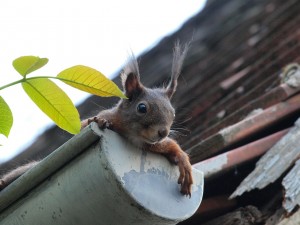
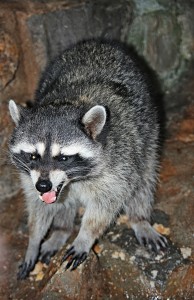
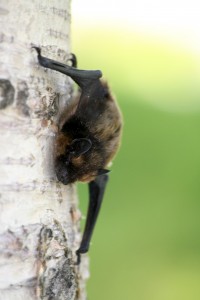
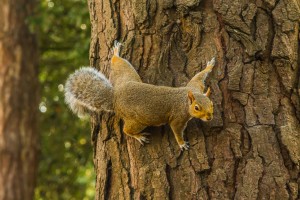
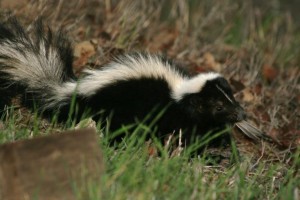

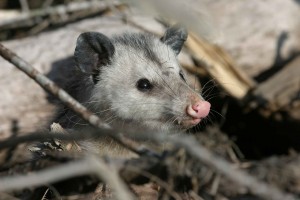

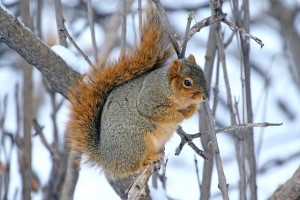
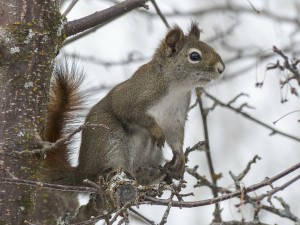
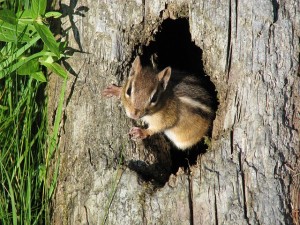
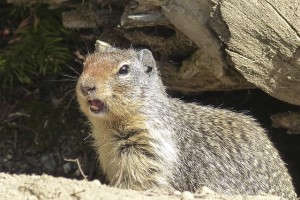
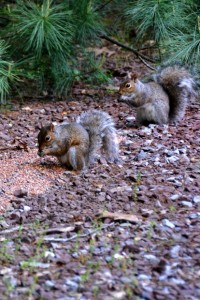 Squirrels may seem cute and innocent when they are running around in your backyard, but if they infest your home they can pose a serious health risk to the human inhabitants. While it is less common, the diseases squirrels carry are quite serious and can be harmful to pets as well. Squirrels are the primary carriers of the following diseases.
Squirrels may seem cute and innocent when they are running around in your backyard, but if they infest your home they can pose a serious health risk to the human inhabitants. While it is less common, the diseases squirrels carry are quite serious and can be harmful to pets as well. Squirrels are the primary carriers of the following diseases.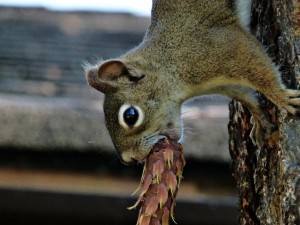
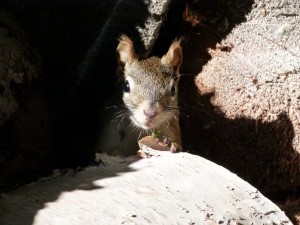 Squirrels may be small and quick and sneaky, but they can be outsmarted and removed from your home. There are several options to rid your home or business of squirrels including live traps and squirrel repellent. You may also consider using welded wire that a squirrel cannot fit through to cover unsightly holes in areas like barns or sheds where immediate repair isn’t needed.
Squirrels may be small and quick and sneaky, but they can be outsmarted and removed from your home. There are several options to rid your home or business of squirrels including live traps and squirrel repellent. You may also consider using welded wire that a squirrel cannot fit through to cover unsightly holes in areas like barns or sheds where immediate repair isn’t needed. Squirrels are one of the most common nuisance animals that invade homes and yards and they tend to find their way into the attic of a home.
Squirrels are one of the most common nuisance animals that invade homes and yards and they tend to find their way into the attic of a home. Preventing Squirrel Infestations
Preventing Squirrel Infestations